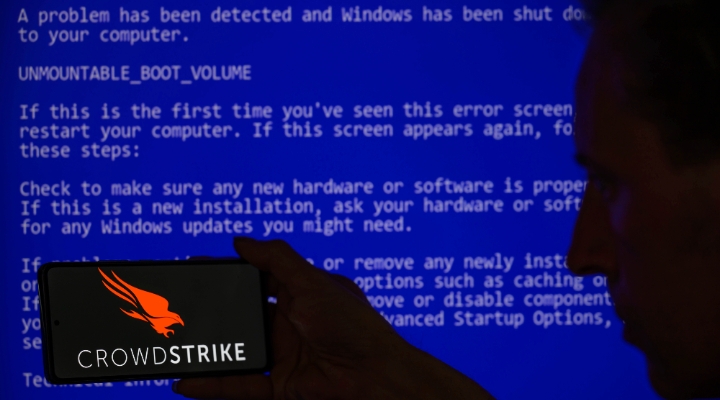See more episodes of Quant Concepts here
Emily Halverson-Duncan: Value strategies look for stocks that are currently underpriced relative to what you would expect them to be worth. There are many ways to look for value stocks, one of the most common being to look for companies with a low price to earnings ratio compared to their peers. A low P/E ratio indicates that a company is currently trading at a lower price than its peers per $1 of that company's earnings. While this won't guarantee that stocks will increase to the price point you believe it's worth, it can serve as a good starting point for screening out better valued companies. Today, I'm screening a strategy that searches for U.S. value stocks within the CPMS U.S. universe. So, let's take a look at how to build that.
First off, we're going to rank the stocks in the U.S. universe in order of preference. Some of the variables we're going to consider for that are price to trailing earnings. So, that's looking at a company's price relative to their four quarters trailing earnings. A low value for that is preferred, because that would indicate they are lower valued. Latest trailing free cash flow. So, it's just a profitability metric. We wanted to see a higher trailing four quarters free cash flow. And then, price to trailing free cash flow. So, we're taking that number above, and we're dividing price by it.
Then, once we've ranked our universe of stocks, we're going to go ahead and screen out the stocks we don't want to own. Some of the screens that we've got here are a minimum market cap. Here, we're looking for a market cap in the top roughly half of peers, which today has a value of 3.2 billion or higher; a price to trailing earnings less than about half of peers, which would be about 24 times or less; long-term debt to equity less than or equal to 1.1, so looking for stocks that aren't too highly leveraged. And then, once we apply all of these screens, we will have stocks that we're willing to buy.
From there, we can apply our sell filters to see when we want to get rid of stocks in the portfolio. The sell filters we've got here are long-term debt to equity, if it rises above 1.3. So, again, we bought it at the 1.1 level. And if it rises above 1.3, then we're going to get rid of it from the portfolio. And lastly, latest trailing free cash flow, if it falls below in the bottom half of peers, then we will get rid of the company as well.
Once we've applied all these screens, we're going to go ahead and back test the model. So, here, we're going to back test from about April 2004 until end of August 2019. We're going to run 15 stocks, and it's going to be relative to the S&P 500. So, let's go ahead and see how it did. As I mentioned before, all our back tests have no survivorship bias. So, what that indicates is, if a stock were to go bankrupt within this timeframe, that historical data would still be represented in this back test.
All right. So, this model returned 11.9% net of fees. So, that's an outperformance of 3.1% relative to the benchmark. The turnover was very low at 31%. Again, recall that turnover is telling you how often you're going to be trading from the model. So, this is an annualized number. It's telling you that roughly of those 15 stocks, you're going to be trading about 30% of them on an average year.
Few of the metrics that I like to look at; downside deviation, which looks at the volatility of negative returns, for this strategy was 11.7 and for the benchmark was 9.4. So, it's actually a little bit higher. If you're wanting to protect on the downside, that might be an indication that this may be a little bit too volatile for you. Another chart that I like to look at are the green and blue charts here below. So, we can see in up markets, this model outperformed 52% of the time compared to the benchmark. So, a little bit better than the market. And in down markets, it outperformed 44% of the time. So, again, not quite as strong on the downside protection. This is just another example of how you can screen for value stocks, specifically looking at large-cap but of course in the mid-cap, small-cap space that opens up other opportunities as well.
For Morningstar, I'm Emily Halverson-Duncan.


















